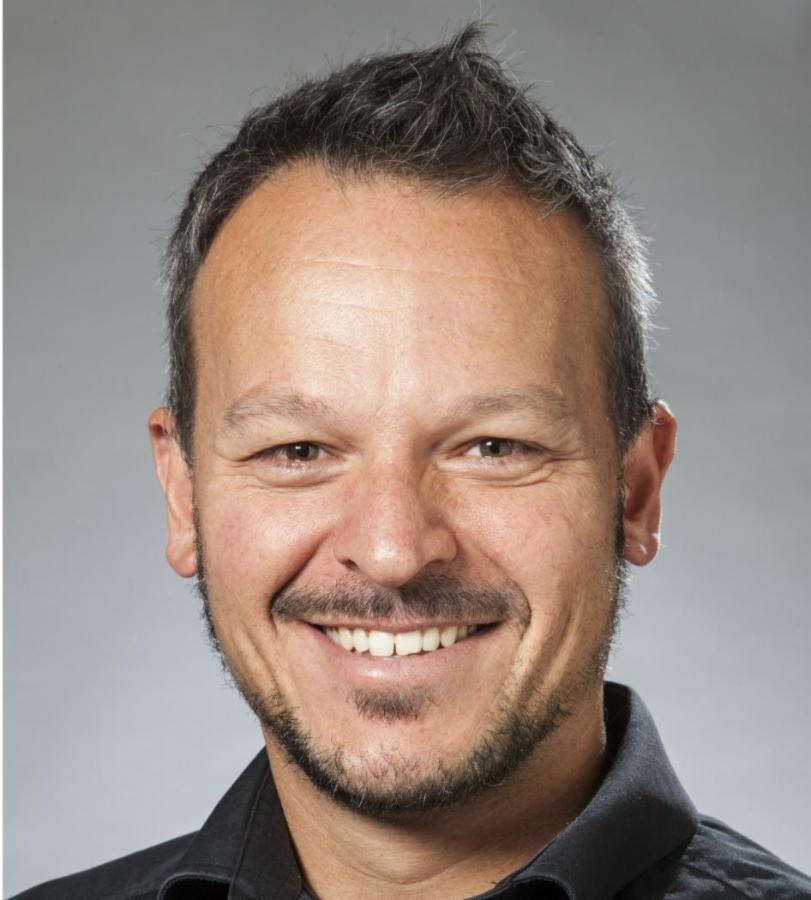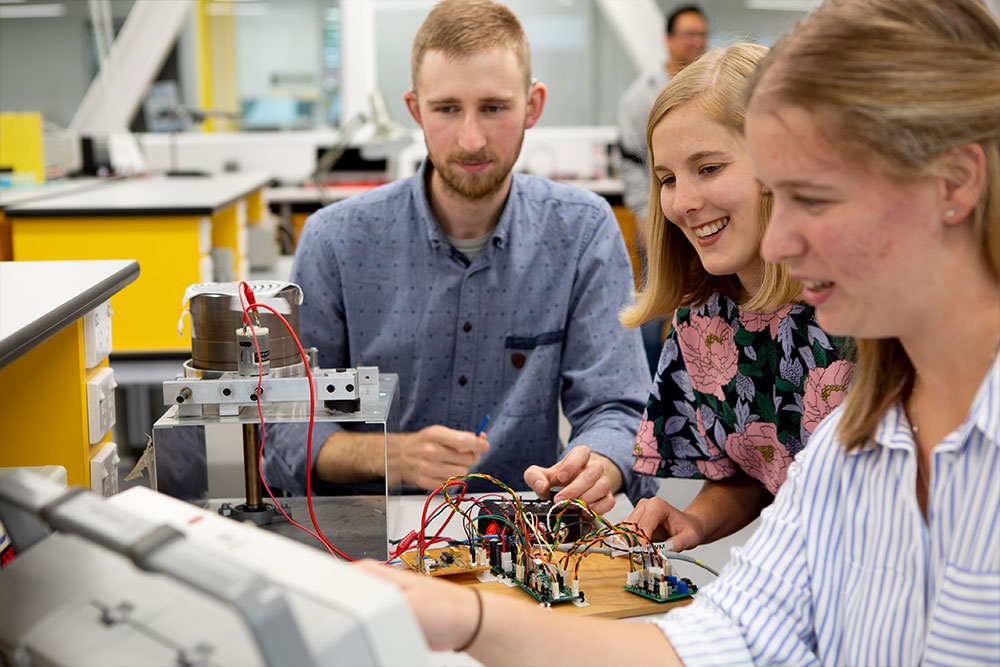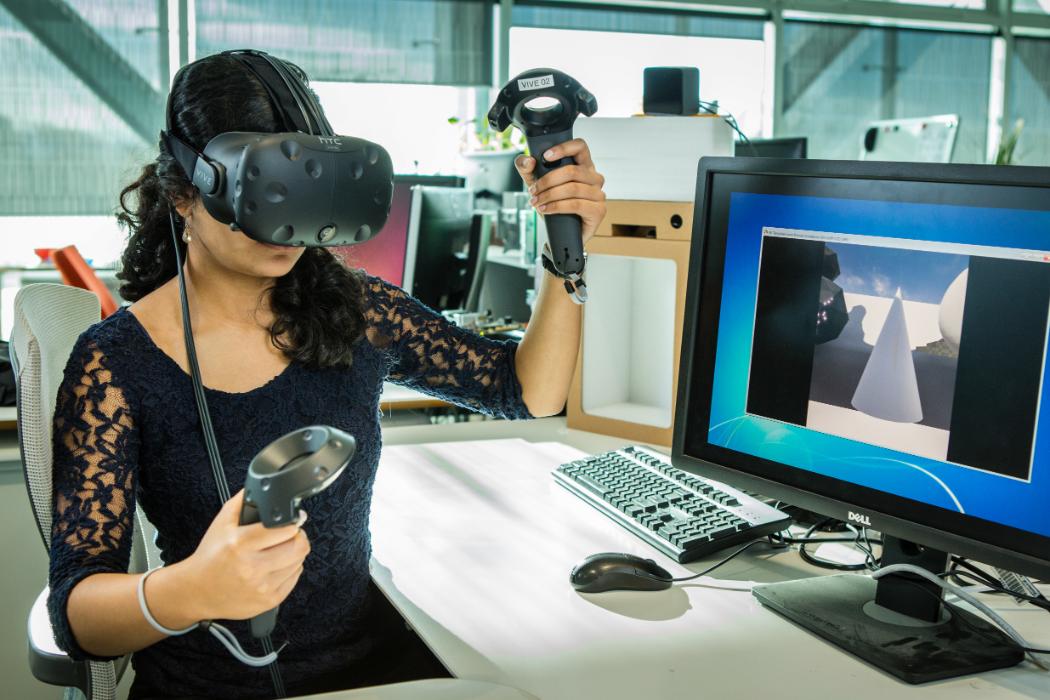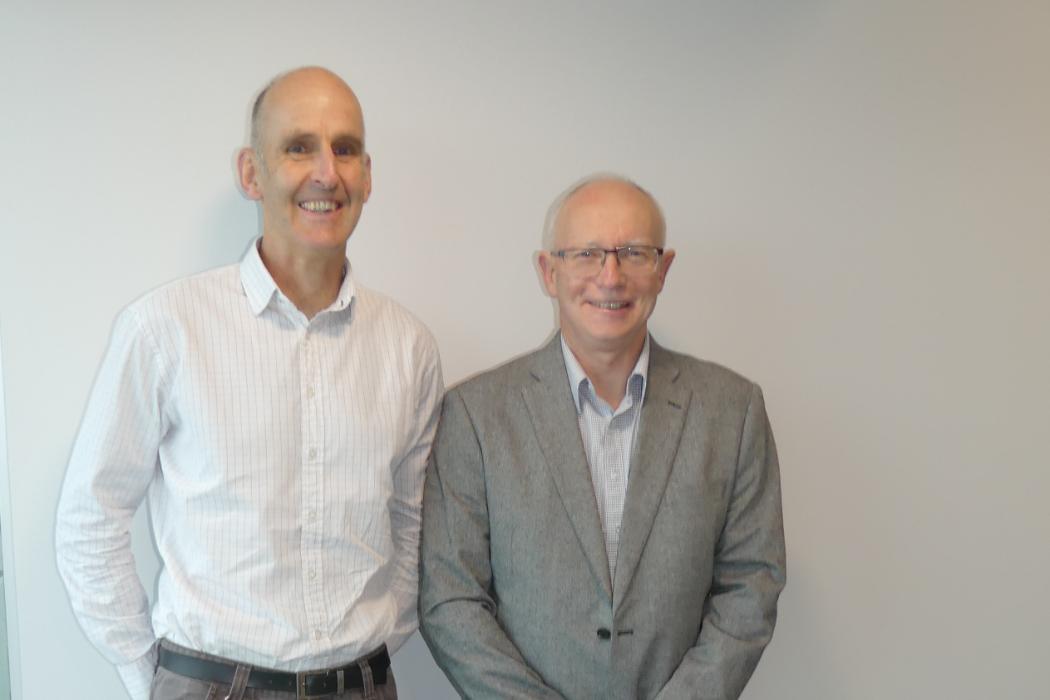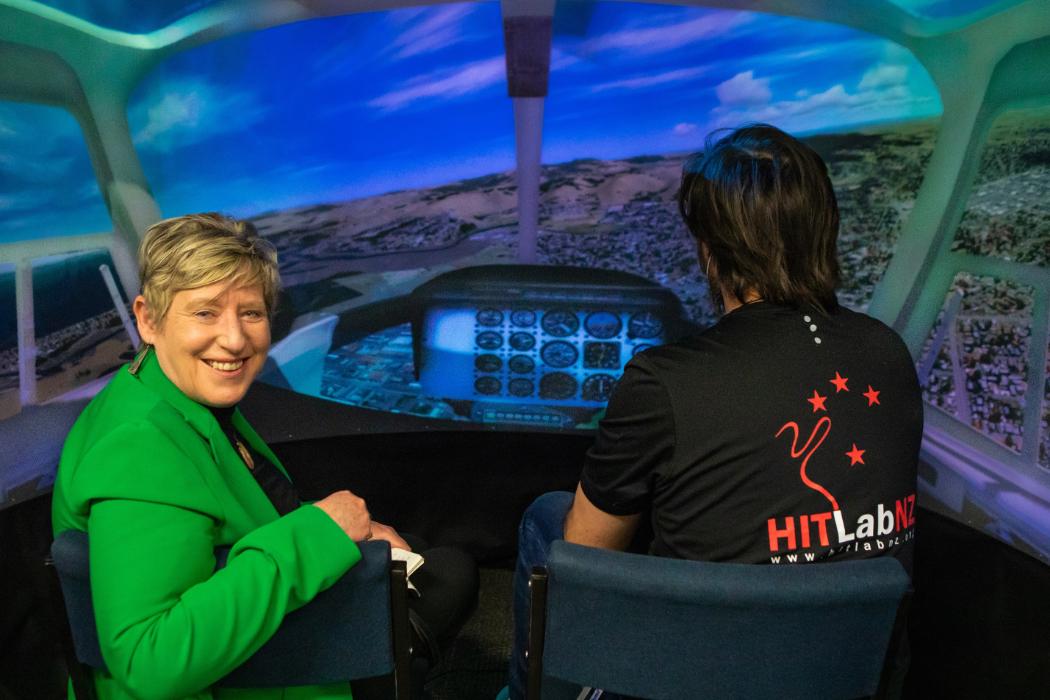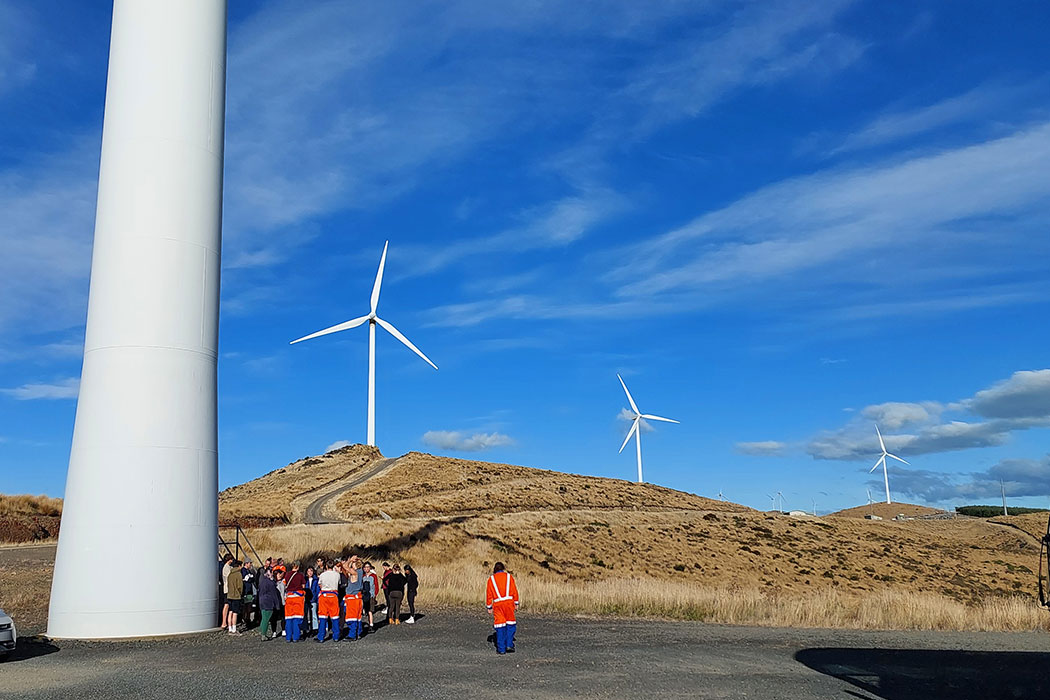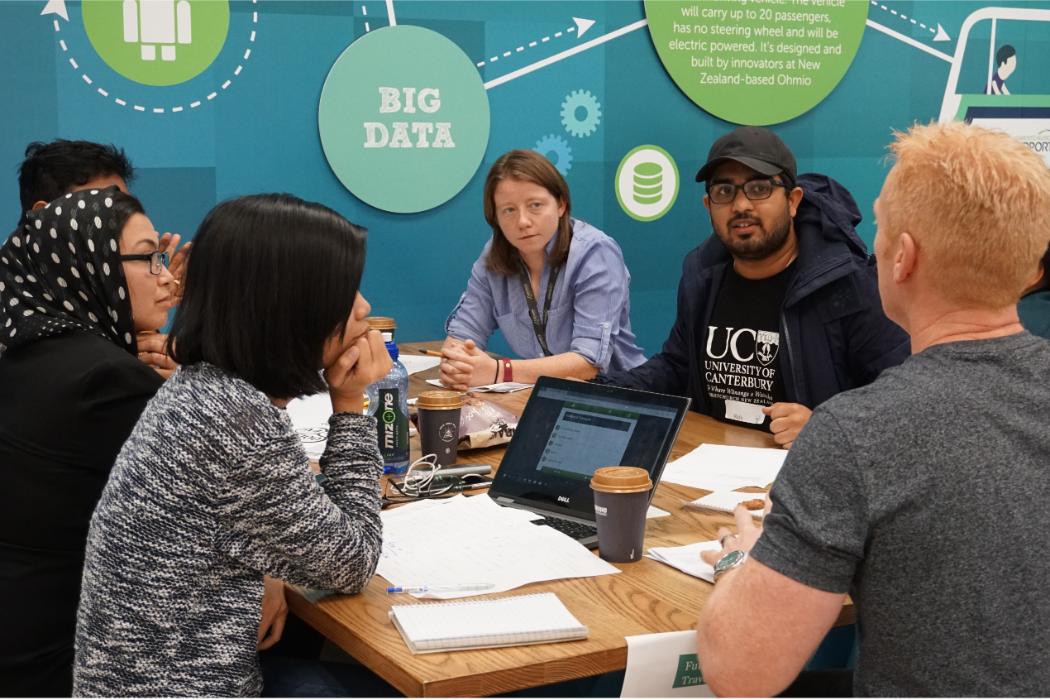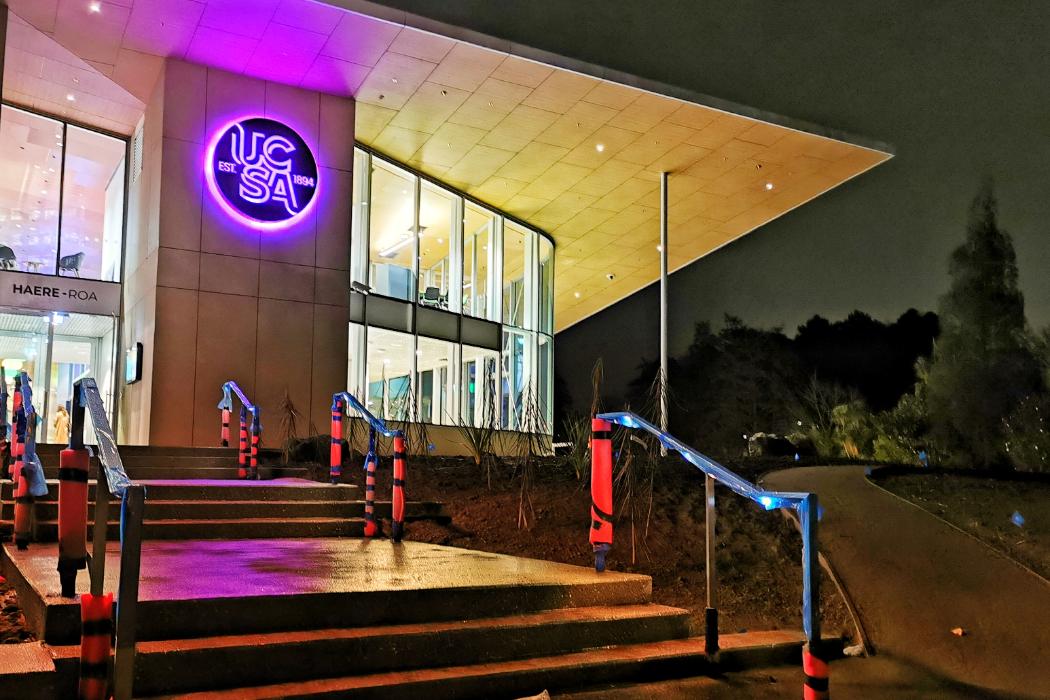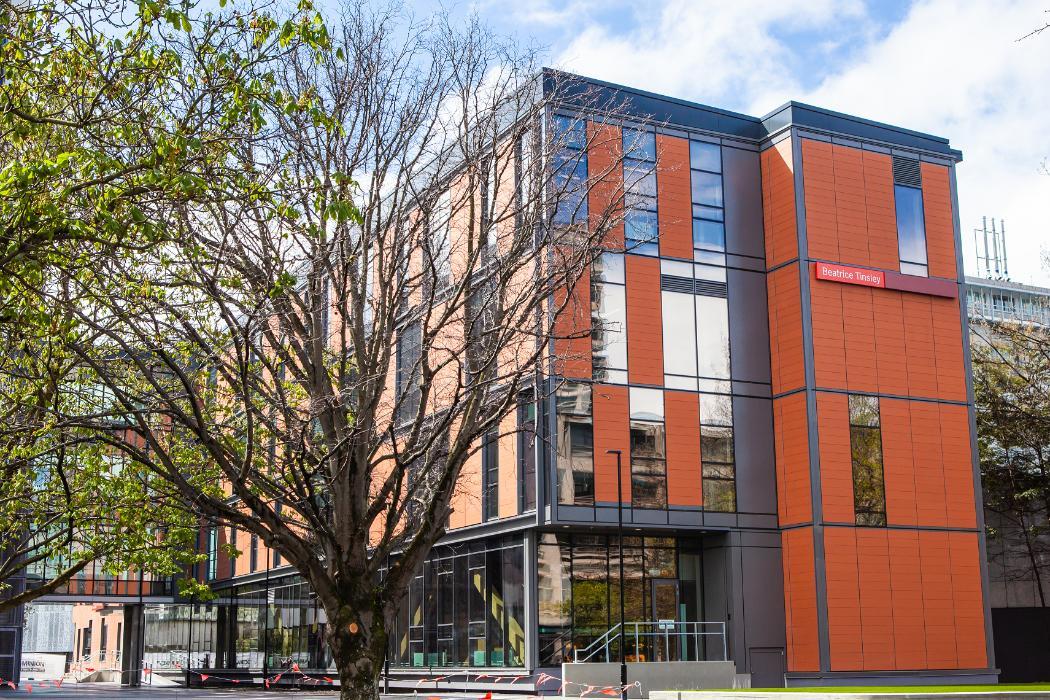What is electrospinning?
Electrospinning was patented in 1934 as a process for producing continuous polymeric fibres with diameters in the submicron range primarily through the use of electrostatic forces.
A typical electrospinning set-up involves the supply of a polymer solution via a nozzle or needle (e.g. plastic or glass pipette, hollow metal needle or plastic capillary tube) held at high potential while being separated from an earthed electrode (also referred to as the collector) that will have an opposite polarity relative to the needle.
Free charges are induced in the polymer solution under the applied voltage, forming a small droplet at the end of the needle. An electric field is created between the charged molecular species of the droplet and collector so that the droplet is attracted toward the collector under the influence of two major forces:
- the repulsive force between like charges within the polymer solution and
- the columbic force exerted by the surrounding electric field.
These forces result in the stretching of the droplet into a conical shape, known as the Taylor cone.
At a critical voltage, the electrostatic forces overcome the surface tension of the droplet, resulting in the ejection of a jet of solution that is attracted toward the collector.
As the jet travels towards the collector, the solvent evaporates, leaving just a charged polymer fibre. It is thought that the mutual repulsion of charges within the polymer fibre leads to an unstable, chaotic trajectory or so-called 'whipping' instability that stretches the jet.
While the initial cross-sectional diameter of the jet may be several hundred micrometers, this can be subsequently reduced to just tens of nanometres due to fibre stretching.
The resulting fibres may have a very large surface area to volume ratio and superior mechanical performance compared with the bulk properties of the material, making them potentially useful in applications such as tissue engineering, protective clothing, filtration, drug release, wound dressings, optoelectronics and biosensors.
However, one of the chief drawbacks of applying electrospun fibres to a wide range of industries is the difficulty in rapidly producing large amounts of fibres. Greater commercial up-scaling of the electrospinning process can only be aided by a more fundamental understanding of the process.

